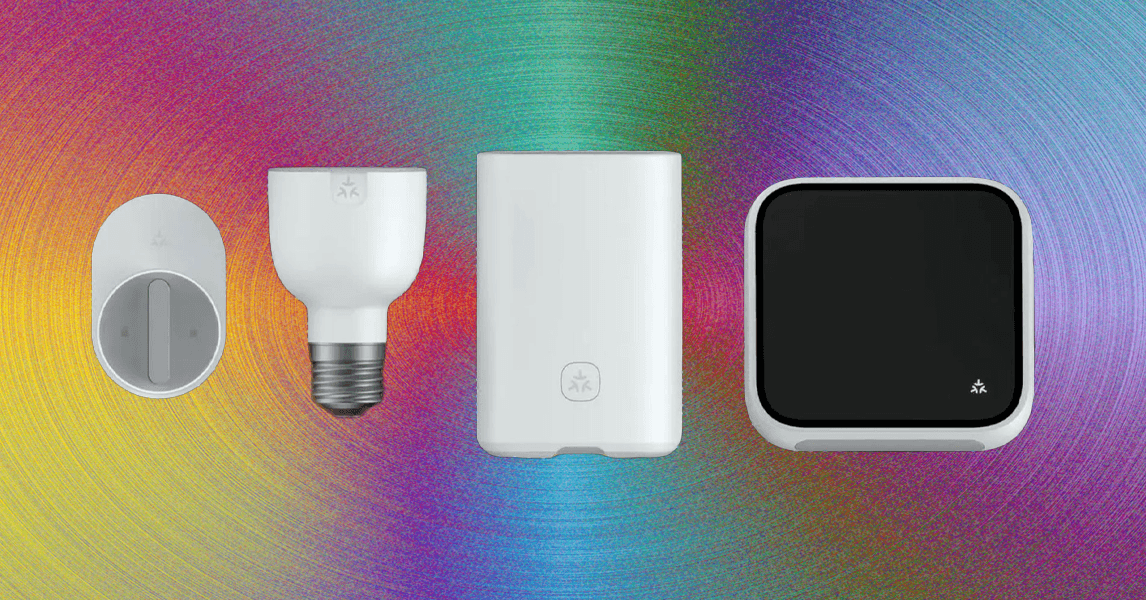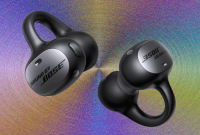Understanding Matter: Revolutionizing Smart Home Interoperability
Introduction to Matter
In the evolving landscape of smart homes, the ability for devices to communicate seamlessly is crucial. The introduction of Matter, previously known as Project CHIP (Connected Home over IP), aims to streamline smart home integration. Launched in 2022, Matter’s primary goal is to establish an open-source interoperability standard that unifies different smart devices and ecosystems, ensuring users can manage their home appliances effortlessly.
The Need for Simplified Smart Home Functions
Typically, managing multiple smart home devices requires navigating various applications or remembering complex voice commands linked to individual voice assistants. This fragmentation often results in a convoluted user experience. Despite major tech companies offering their voice assistants—such as Amazon’s Alexa, Apple’s Siri, and Google Assistant—these systems struggle to communicate with each other, limiting the control users have over their devices.
The Role of Matter in Enhancing Interoperability
Matter serves as a solution to this intricate web of compatibility issues. By adhering to the Matter standard, device manufacturers ensure that their products can work with multiple voice assistants and platforms. For instance, users can easily integrate a Matter-compliant smart bulb into their preferred systems, whether it be Apple HomeKit, Google Assistant, or Amazon Alexa. This breakthrough means that users no longer have to worry about device compatibility when selecting their appliances.
Technical Framework of Matter
Matter operates on Wi-Fi and Thread network layers, utilizing Bluetooth Low Energy for device setup. One significant advantage is that Matter functions on local networks, allowing smart home devices to respond quickly to commands and maintain functionality even if the internet connection is disrupted. Unlike traditional systems that often require a centralized control app, Matter permits users to choose their preferred voice assistants and apps based on individual preferences.
The Significance of the Connectivity Standards Alliance
The Connectivity Standards Alliance (CSA), formerly known as the Zigbee Alliance, oversees the Matter standard. Its extensive membership, comprising over 550 technology companies, reflects a collective commitment to merging varied technologies under a single umbrella. By offering a royalty-free software development kit (SDK), Matter simplifies the integration process for manufacturers, eliminating the need for individual certification across multiple smart home platforms.
Growth and Adoption of Matter
Since its inception, Matter has witnessed enthusiastic adoption from various smart home brands. Notable companies, including August, Schlage, Yale, Belkin, Cync, GE Lighting, Sengled, Philips Hue, and Nanoleaf have jumped on board. This collaborative effort among industry leaders fosters hope for a widely accepted standard that offers seamless integration across diverse device categories.
Timeline of Matter’s Development
Matter’s journey began several years ago, initially planned for release in late 2020. After delays and rebranding, the first version, Matter 1.0, became available in 2022. Following this, a sequence of updates—including Matter 1.1 (May 2023), Matter 1.2 (October 2023), and Matter 1.3 (May 2024)—has progressively expanded support for additional device categories such as refrigerators, air purifiers, and even EV charging systems. Continuous improvements to features like Matter Casting further enrich the user experience, enabling enhanced communication between devices.
Conclusion
As the smart home industry grows, the need for standardization becomes increasingly evident. With Matter leading the charge, a more coherent and user-friendly approach to managing smart devices is finally within reach. The collaborative efforts of major technology companies signal a promising future where interoperability becomes the norm, simplifying interactions for users and enhancing the overall smart home experience.




